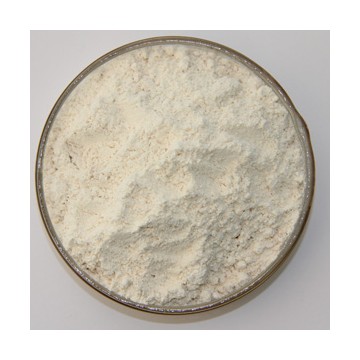Neohesperidin dihydrochalcone(NHDC), was discovered during the 1960s for minimizing the taste of bitter flavorants in citrus juices. Neohesperidin when treated with potassium hydroxide or another strong base, and then catalytically hydrogenated, it becomes NHDC, a compound roughly 1500-1800 times sweeter than sugar at threshold concentrations; around 340 times sweeter than sugar weight-for-weight.
Like other highly sweet glycosides, such as glycyrrhizin and those found in stevia, NHDC's sweet taste has a slower onset than sugar's and lingers in the mouth for some time. Unlike aspartame, NHDC is stable to elevated temperatures and to acidic or basic conditions, and so can be used in applications that require a long shelf life. NHDC itself can stay foodsafe for up to five years when stored in optimal conditions.
NHDC in pure form is found as a white substance not unlike powdered sugar. In food it is used as a flavour enhancer in concentrations of around 4-5 parts per million (ppm) and as an artificial sweetener at around 15-20 ppm.



 2006-2024 上海博華國際展覽有限公司版權(quán)所有(保留一切權(quán)利)
滬ICP備05034851號-57
2006-2024 上海博華國際展覽有限公司版權(quán)所有(保留一切權(quán)利)
滬ICP備05034851號-57